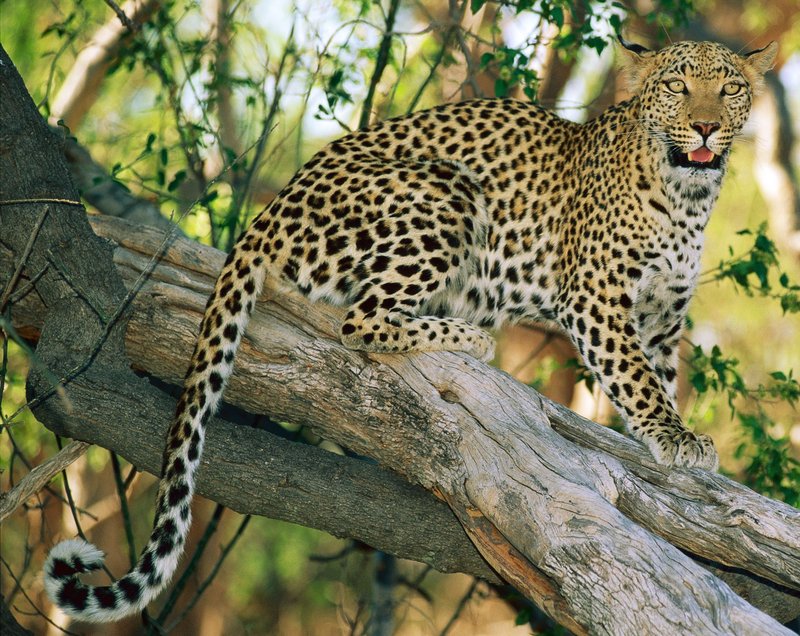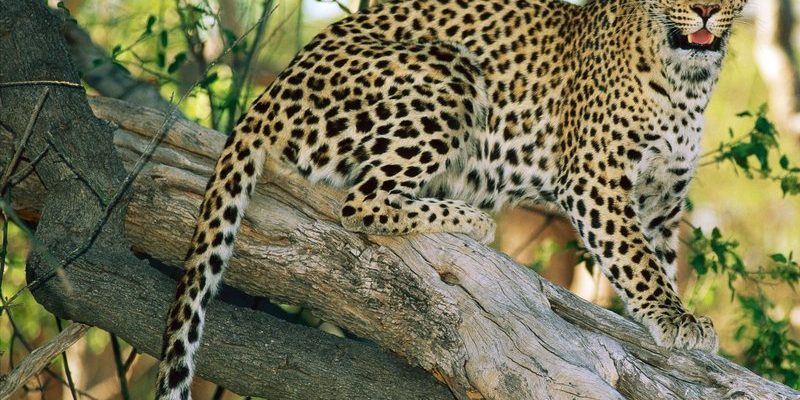
So, what exactly is going on with leopards? You might be wondering why we should care about the plight of these animals. After all, they’re just one species among many, right? Well, here’s the thing: leopards play a vital role in their ecosystems as apex predators. They help control prey populations, which in turn maintains a balanced environment. Without them, we could see a massive ripple effect that alters entire ecosystems. Let’s dive deeper into why leopards are endangered and what we can do about it.
The Current Status of Leopard Populations
Leopards are classified as “vulnerable” by the International Union for Conservation of Nature (IUCN). This means they face a high risk of endangerment in the wild. The *current population estimates* vary significantly, but experts agree that their numbers have plummeted in recent years. Some sources suggest there are as few as 250,000 leopards left in the wild, while others estimate around 700,000. This disparity is mostly due to the challenges in accurately counting these elusive animals.
The leopards’ range is shrinking. Historically, they spread across much of Africa and parts of Asia, but now their habitats are being cleared for agriculture, urban development, and human settlements. You could think of leopards as the underdogs in a relentless competition for survival against human expansion. It’s a tough fight, and they’re losing ground fast.
Other factors also contribute to their decline, including poaching and illegal wildlife trade. Leopards are often hunted for their beautiful pelts, which can fetch high prices on the black market. Additionally, conflicts with farmers arise when leopards prey on livestock, leading to retaliatory killings. Each of these issues compounds the problems leopards face in the wild.
The Causes Behind Their Endangerment
It’s essential to understand what’s driving leopards toward the endangered list. Here are the main culprits:
- Habitat Loss: Urbanization, agriculture, and deforestation are converting natural habitats into human-dominated landscapes. This reduces the spaces where leopards can thrive.
- Poaching: The demand for leopard skins and body parts has led to widespread poaching. This illegal trade not only threatens individual leopards but also disrupts entire populations.
- Human-Wildlife Conflict: As human settlements encroach on leopard territory, encounters become more frequent. Farmers often view leopards as threats, resulting in them being killed out of fear or revenge.
- Climate Change: Changes in climate can alter habitats and prey availability, making it harder for leopards to find food and mates.
Understanding these factors gives us insight into why leopard populations are dwindling. It’s a complex web of issues, and tackling them requires collaborative efforts from conservationists, governments, and local communities.
Conservation Efforts in Place
Fortunately, people are stepping up to help save leopards. Various organizations and governments are putting conservation strategies in place. For instance, protected areas and wildlife reserves have been established to provide leopards with safe habitats where they can roam freely. These reserves not only protect leopards but also other wildlife and the ecosystems they belong to.
Educational programs aimed at local communities are another essential piece of the puzzle. By teaching residents about the ecological role of leopards and the importance of biodiversity, we can foster a sense of stewardship for the environment. It’s like turning reluctant neighbors into enthusiastic community watchdogs for the wildlife in their backyard.
Additionally, anti-poaching initiatives have made strides in recent years. Rangers are now patrolling key areas more effectively, thanks to the support of technology like drones and camera traps. This tech can provide valuable data on leopard populations and movements. It’s a classic case of old meets new in conservation efforts.
The Role of Local Communities in Conservation
Local communities can be pivotal in leopard conservation. When communities feel empowered and have a stake in protecting wildlife, the effects can be profound. For example, initiatives that provide alternative livelihoods, such as ecotourism, create economic incentives to protect leopards rather than harm them.
Let’s imagine a scenario: a farmer who once viewed leopards as threats to his livestock learns that tourists will come to see these cats in their natural habitat. If he can earn money from wildlife tourism instead of losing livestock, he may become a protector of leopards rather than a foe.
Moreover, local knowledge about leopards’ behavior and habitats can inform conservation strategies. When communities collaborate with wildlife authorities, they can develop more effective measures for coexistence. It’s a win-win situation that fosters a balance between human activity and wildlife preservation.
International Collaboration for Leopard Conservation
Conservation doesn’t happen in a vacuum; it often requires international cooperation. Several global agreements, like the Convention on International Trade in Endangered Species (CITES), aim to regulate the trade of leopard products to prevent illegal trafficking.
Countries with significant leopard populations often collaborate on conservation projects. This can include sharing research, pooling resources, and conducting joint anti-poaching missions. Think of it as a team sport, where everyone plays a role in protecting these magnificent animals.
For instance, the African Leopard Conservation Strategy emphasizes the need for transboundary conservation areas that span multiple countries. This approach helps ensure leopards can roam freely across borders, which enhances genetic diversity and the resilience of populations.
What Can You Do to Help?
You might be wondering how you can play a part in saving leopards. Here are some simple yet effective ways to get involved:
- Support Conservation Organizations: Look for reputable wildlife conservation groups focused on big cats and consider donating or volunteering your time.
- Educate Yourself and Others: Share what you learn about leopards and their conservation needs. Awareness can lead to advocacy.
- Be a Responsible Traveler: If you travel to areas where leopards live, choose ecotourism options that prioritize wildlife conservation.
- Reduce Your Carbon Footprint: Climate change is a huge threat to wildlife. Taking steps to minimize your environmental impact can help preserve the habitats leopards and other species depend on.
Every small action counts. When many individuals come together, the impact can be significant. You can become a part of the bigger picture of wildlife preservation.
Leopards are not just beautiful creatures; they are vital components of their ecosystems. The challenges they face are daunting, but with collective efforts, we can turn the tide. From local communities to international collaborations, everyone has a role to play in this fight.
The good news is, awareness and action are growing. As you sit back and reflect on what leopards mean to our world, consider how you can contribute to their future. Whether it’s through education, support, or responsible choices, we can all take steps to protect these magnificent cats. Together, we can ensure that leopards continue to roam the wild for generations to come. Let’s make sure that the skyline doesn’t fade—and that leopards remain a vibrant part of our natural world.

